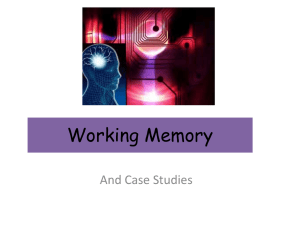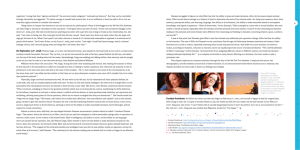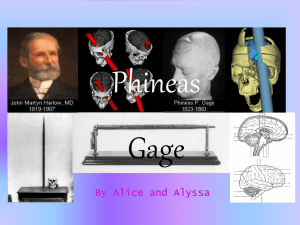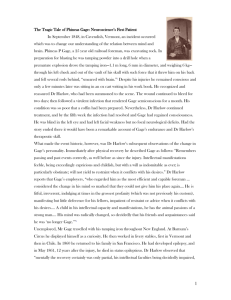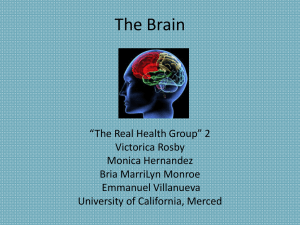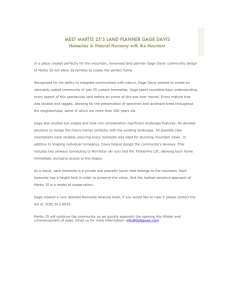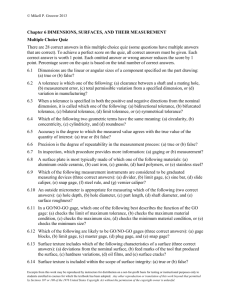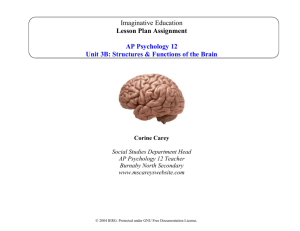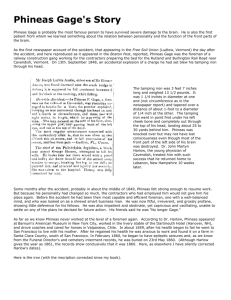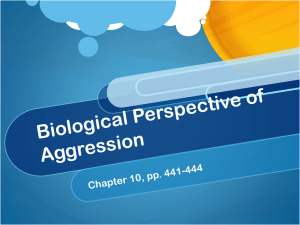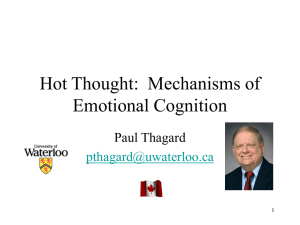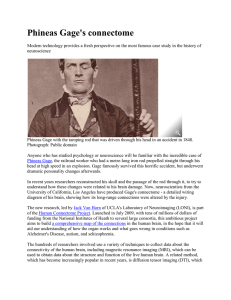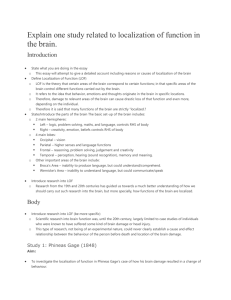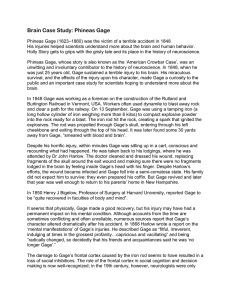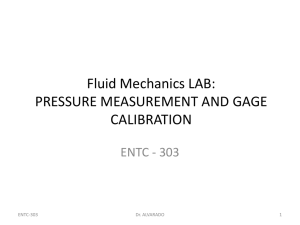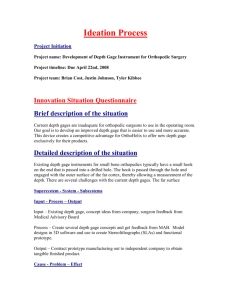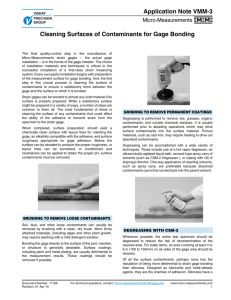How closely is emotion related to reason?
advertisement
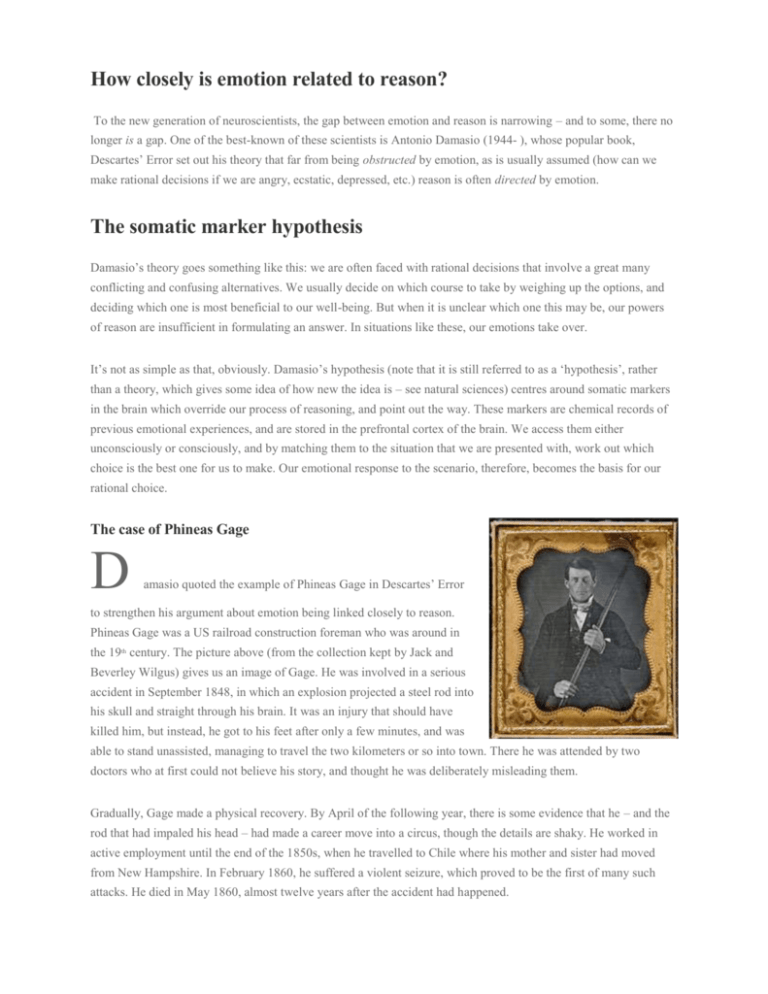
How closely is emotion related to reason? To the new generation of neuroscientists, the gap between emotion and reason is narrowing – and to some, there no longer is a gap. One of the best-known of these scientists is Antonio Damasio (1944- ), whose popular book, Descartes’ Error set out his theory that far from being obstructed by emotion, as is usually assumed (how can we make rational decisions if we are angry, ecstatic, depressed, etc.) reason is often directed by emotion. The somatic marker hypothesis Damasio’s theory goes something like this: we are often faced with rational decisions that involve a great many conflicting and confusing alternatives. We usually decide on which course to take by weighing up the options, and deciding which one is most beneficial to our well-being. But when it is unclear which one this may be, our powers of reason are insufficient in formulating an answer. In situations like these, our emotions take over. It’s not as simple as that, obviously. Damasio’s hypothesis (note that it is still referred to as a ‘hypothesis’, rather than a theory, which gives some idea of how new the idea is – see natural sciences) centres around somatic markers in the brain which override our process of reasoning, and point out the way. These markers are chemical records of previous emotional experiences, and are stored in the prefrontal cortex of the brain. We access them either unconsciously or consciously, and by matching them to the situation that we are presented with, work out which choice is the best one for us to make. Our emotional response to the scenario, therefore, becomes the basis for our rational choice. The case of Phineas Gage D amasio quoted the example of Phineas Gage in Descartes’ Error to strengthen his argument about emotion being linked closely to reason. Phineas Gage was a US railroad construction foreman who was around in the 19th century. The picture above (from the collection kept by Jack and Beverley Wilgus) gives us an image of Gage. He was involved in a serious accident in September 1848, in which an explosion projected a steel rod into his skull and straight through his brain. It was an injury that should have killed him, but instead, he got to his feet after only a few minutes, and was able to stand unassisted, managing to travel the two kilometers or so into town. There he was attended by two doctors who at first could not believe his story, and thought he was deliberately misleading them. Gradually, Gage made a physical recovery. By April of the following year, there is some evidence that he – and the rod that had impaled his head – had made a career move into a circus, though the details are shaky. He worked in active employment until the end of the 1850s, when he travelled to Chile where his mother and sister had moved from New Hampshire. In February 1860, he suffered a violent seizure, which proved to be the first of many such attacks. He died in May 1860, almost twelve years after the accident had happened. The case is interesting not because of his physical recovery, but because of how he was affected mentally. Before the accident, sources suggest that he was an extremely trustworthy man, who was an inspiring boss, and an excellent and reliable worker. He was also smart and business-like, and someone who was known for their integrity. After the accident, he became, according to his doctor, John Harlow: … fitful, irreverent, indulging at times in the grossest profanity (which was not previously his custom), manifesting but little deference for his fellows, impatient of restraint or advice when it conflicts with his desires, at times pertinaciously obstinate, yet capricious and vacillating, devising many plans of future operations, which are no sooner arranged than they are abandoned in turn for others appearing more feasible. He became, in other words, a different man in terms of both his capacities for reason and his emotional balance. Because of this, Damasio and others have linked the part of his brain that was damaged by the rod (the frontal lobes) as the part responsible for emotional responses. But Gage was not just damaged emotionally – his ability to make rational decisions was impared, and this, according to Demasio, was because his emotional abilities were damaged. It was, in other words, not a correlation, but a cause. This all sounds reasonable, and Damasio’s hypothesis could well be true. But there is a problem, and it is a historical one. Sources on Gage are few and far between, and the ones that we do have are not 100% reliable. The one above was written 20 years after Harlow treated Gage (ie in 1868). Other sources, like Henry Bigelow’s, the professor of surgery at Harvard University, (who said that Gage seemed to him in 1860, ‘quite recovered in faculties of body and mind’), sometimes contradict Harlow’s statement. In fact, it was only after 1868 that comparisons begun to be made into the differences of Gage before and after his accident. ‘High reason’ decision-making Of course, Damasio does not say that all decisions are made as a result of our emotions taking over. ‘High reason’ is the term he uses for choices that are made on the basis of weighing up logical considerations, without allowing emotion to interfere with the process. An example may be the type of car you buy: this important choice involves a comparison of price, fuel consumption, safety features, performance, and so on of different makes of car. You may also think about previous experiences you have had with the makes and models you are considering, and the opinions of friends and family members.

